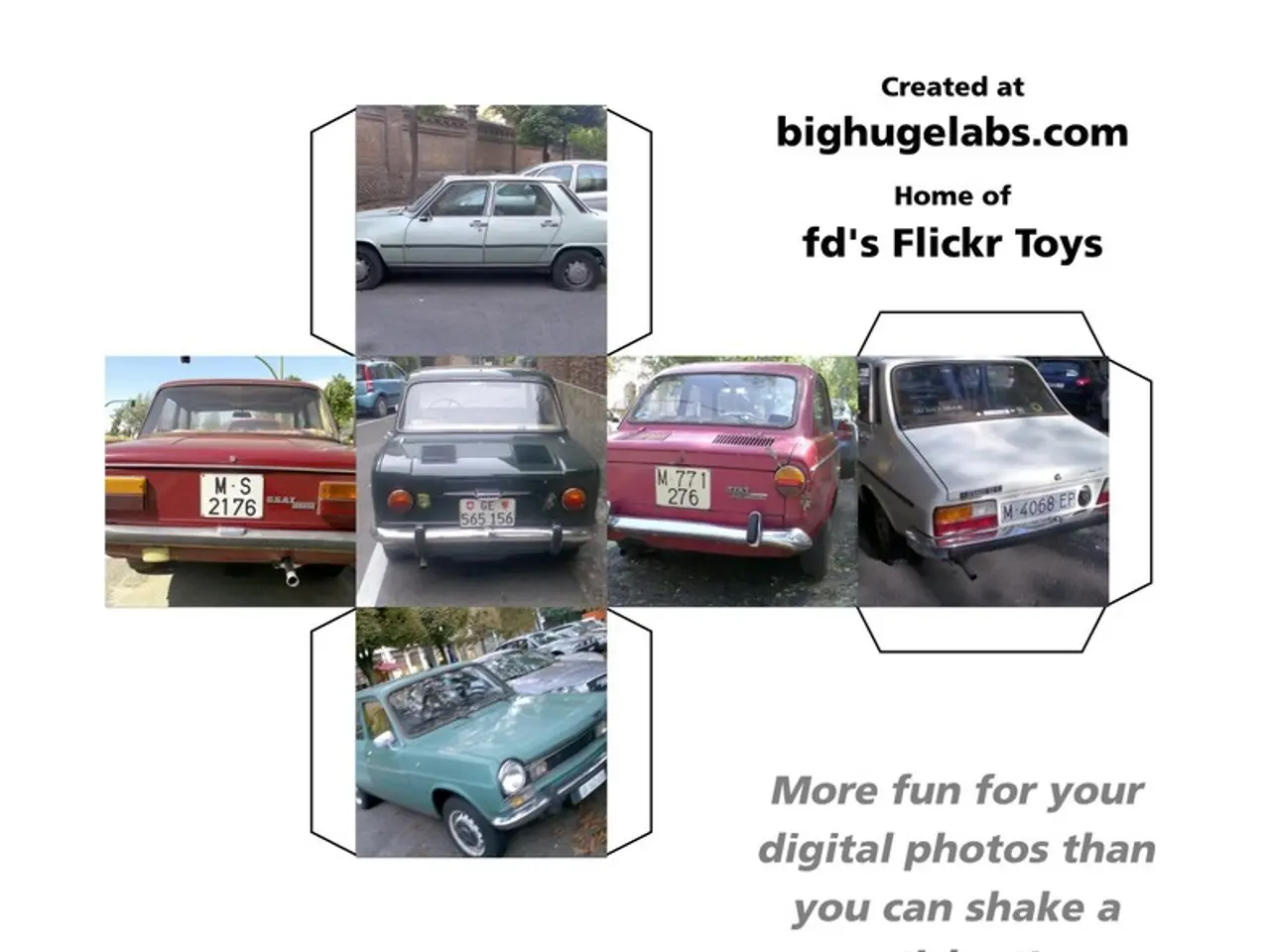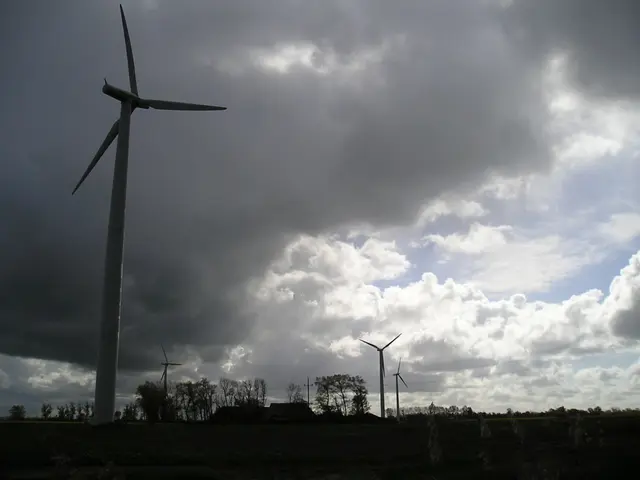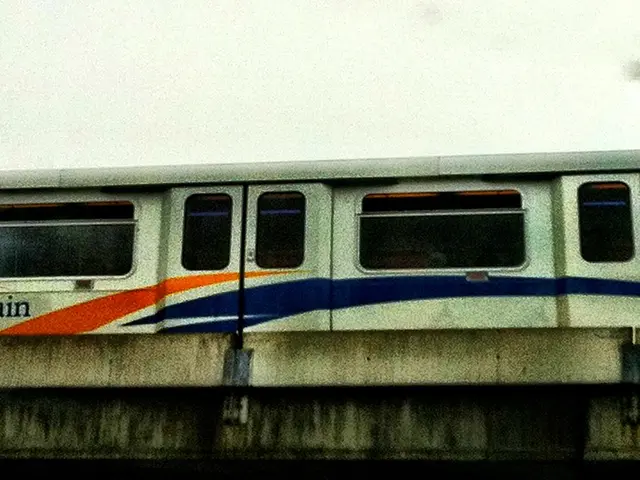Tech revolutionizing winter road safety for fleet vehicle drivers
In the rapidly evolving world of automotive technology, safety is the driving force behind innovative new developments. The automotive industry is actively investing in and implementing ideas that place technology at the heart of road safety, with a focus on reducing human error, the leading cause of most accidents.
One such innovation is the use of telematics platforms. Originally designed for smart navigation, telematics has come a long way and is now playing an increasingly significant role in fleet safety. These platforms can analyse a driver's style in real-time, providing feedback to both managers and drivers to correct harsh acceleration and braking, before they become safety issues.
Moreover, telematics is introducing a 'gamification' element, where a person's driving performance is ranked on a scoreboard based on factors like speed limit adherence and braking harshness. This encourages drivers to improve their performance in a positive way, positioning them on a leaderboard.
Another exciting development is the connected fleet, with vehicles fitted with in-built internet access enabling them to communicate with other drivers and share road and safety information. This real-time communication can help improve traffic flow, reduce congestion, and enhance overall road safety.
The connected fleet is not just limited to local communication. Driverless vehicles can communicate with the cloud to identify accidents or road congestion and automatically re-route. They can also communicate wirelessly with traffic lights to control acceleration and speed for safer navigation.
One of the most intriguing concepts in this field is the Samsung Safety Truck, currently at the prototype stage. Supported by Volvo, this concept prioritises the safety of all road users. Four screens are attached to the back of a trailer, displaying the view in front to vehicles behind, aiming to improve traffic safety, particularly in areas where head-on collisions caused by overtaking are a significant contributor to road deaths, such as in Argentina.
The automotive world is not limited to a few key players. In the UK, companies like Nissan, Lucid Motors, and Nvidia are investing in research and development for self-driving fleets. Nissan conducts autonomous vehicle tests in collaboration with the University of Leeds and Hitachi, particularly in London. Lucid Motors integrates Nvidia Drive Hyperion technology in its vehicles with ongoing updates, while Nvidia partners with British research institutions and industry to advance AI for robotics and autonomous systems.
Furthermore, Aurora Innovation is working on deploying autonomous trucks incorporating Nvidia’s technology on a global scale, which presumably includes the UK market.
Google, Ford, Bosch, and institutions like MIT are also heavily invested in the development of driverless vehicles. Google's driverless cars are already being used in California, and Microsoft has sold its map-generating technology to Uber for self-driving car development.
In the near future, driverless fleets are expected to be seen on UK motorways. As a driver's driving improves, their position on the leaderboard improves as well. This positive reinforcement system, combined with advanced technology, is set to revolutionise road safety, making our journeys safer and more efficient.
Vehicle-to-Infrastructure technology further enhances this safety, allowing vehicles to communicate with things like loading bay availability and traffic light information. This real-time information can help improve traffic flow, reduce congestion, and enhance overall road safety.
The future of road safety is undeniably technology-driven, with innovations like telematics, the connected fleet, and driverless vehicles leading the way. As these technologies continue to evolve and improve, we can look forward to safer, more efficient journeys on our roads.








